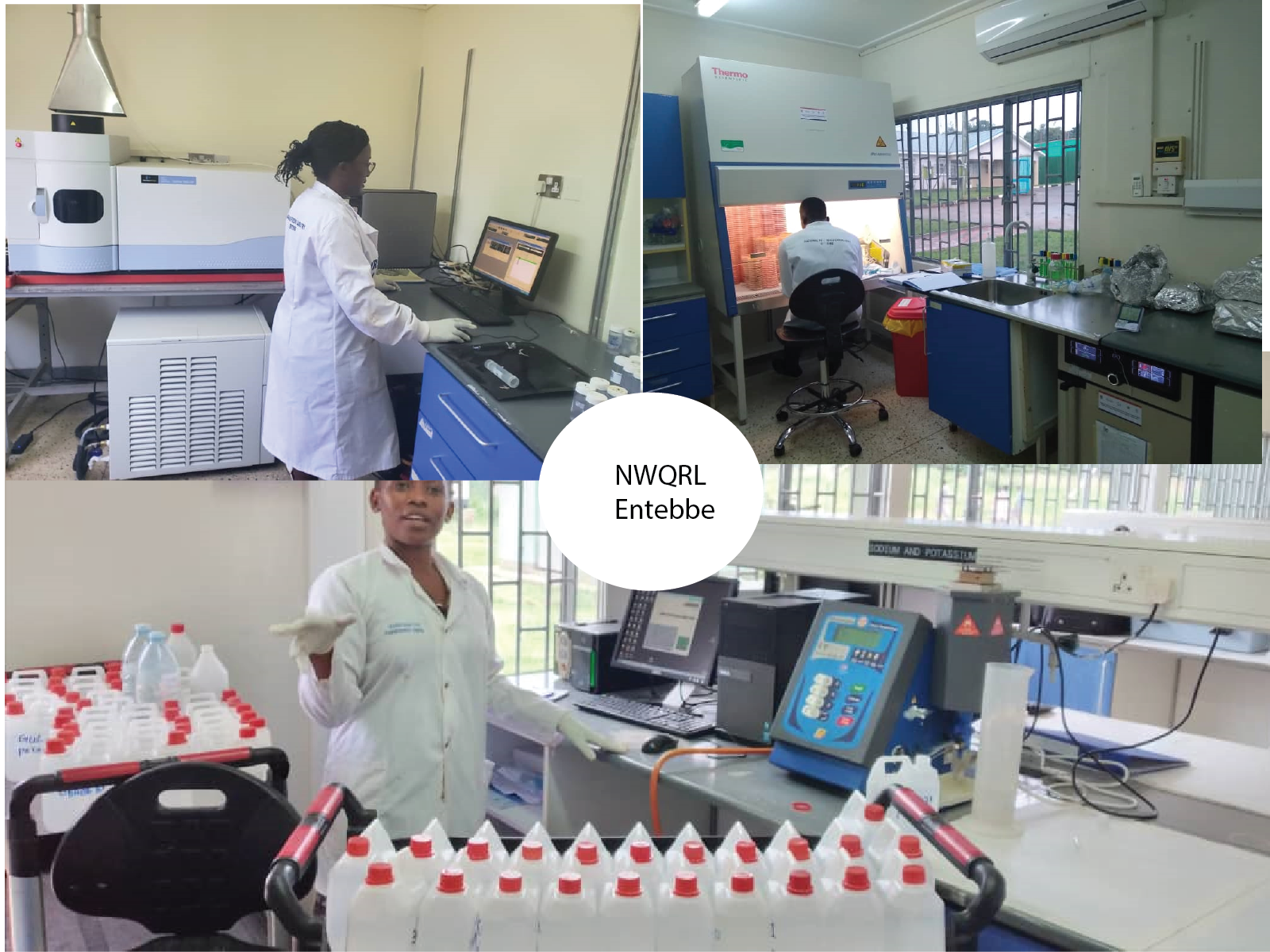Sustainable water quality management supporting Uganda’s development ambitions (SWAQ-Uganda)
Water quality challenges are major threats to human health, ecosystem health and economic development in Uganda, but inadequate data and capacity prevents effective management of water quality. Project Objective and Expected Outputs The SWAQ-Uganda project aims to contribute to the sustainable management of water resources in Uganda, with the expected outcomes of "improved knowledge and enhanced capacity in water quality management" in support of policy making and effective water resources management. Three main outputs areas (OP) are identified to achieve the proposed outcome and are structured in the graphic below. OP 1: "Improving water quality monitoring and information sharing, through existing data collation and monitoring". OP2: "Developing a water quality modelling framework for Uganda, covering nationwide baseline setup and a case study". OP3: "Enhancing institutional capacity for water quality management to inform policy and practice".
Contrary to popular belief, Lorem Ipsum is not simply random text. It has roots in a piece of classical Latin literature from 45 BC, making it over 2000 years old. Richard McClintock, a Latin professor at Hampden-Sydney College in Virginia, looked up one of the more obscure Latin words, consectetur, from a Lorem Ipsum passage, and going through the cites of the word in classical literature, discovered the undoubtable source. Lorem Ipsum comes from sections 1.10.32 and 1.10.33 of "de Finibus Bonorum et Malorum" (The Extremes of Good and Evil) by Cicero, written in 45 BC. This book is a treatise on the theory of ethics, very popular during the Renaissance. The first line of Lorem Ipsum, "Lorem ipsum dolor sit amet..", comes from a line in section 1.10.32. The standard chunk of Lorem Ipsum used since the 1500s is reproduced below for those interested. Sections 1.10.32 and 1.10.33 from "de Finibus Bonorum et Malorum" by Cicero are also reproduced in their exact original form, accompanied by English versions from the 1914 translation by H. Rackham.
There are many variations of passages of Lorem Ipsum available, but the majority have suffered alteration in some form, by injected humour, or randomised words which don't look even slightly believable. If you are going to use a passage of Lorem Ipsum, you need to be sure there isn't anything embarrassing hidden in the middle of text. All the Lorem Ipsum generators on the Internet tend to repeat predefined chunks as necessary, making this the first true generator on the Internet. It uses a dictionary of over 200 Latin words, combined with a handful of model sentence structures, to generate Lorem Ipsum which looks reasonable. The generated Lorem Ipsum is therefore always free from repetition, injected humour, or non-characteristic words etc.
Beneficiaries for this Project
The project is primarily targeted towards the Directorate of Water Resources Management (DWRM) of the Ministry of Water and Environment (MWE) of Uganda. Practitioners, policymakers and researchers from Ugandan governments and universities working in the water sector will directly benefit from the trainings on water quality related aspects. The DWRM, as an institution with an overall mandate for water resources management in Uganda, is our main target institution for the tailored institutional capacity enhancement. Other direct beneficiaries include the national and regional development partners, investors, civil society organisations and scientists. Due to the impact of water quality on human health and ecosystem services, a much larger group of indirect beneficiaries is also envisioned at the impact level, namely the Ugandans who directly or indirectly suffer from water pollution. ADA© ADA Partnership The project will be led by the International Institute for Applied Systems Analysis (IIASA), with the University of Natural Resources and Life Sciences, Vienna (BOKU) and DWRM of the Ministry of Water and Environment of Uganda as partners. The project is funded by the Austrian Development Agency and own contributions of the three partner organisations.
